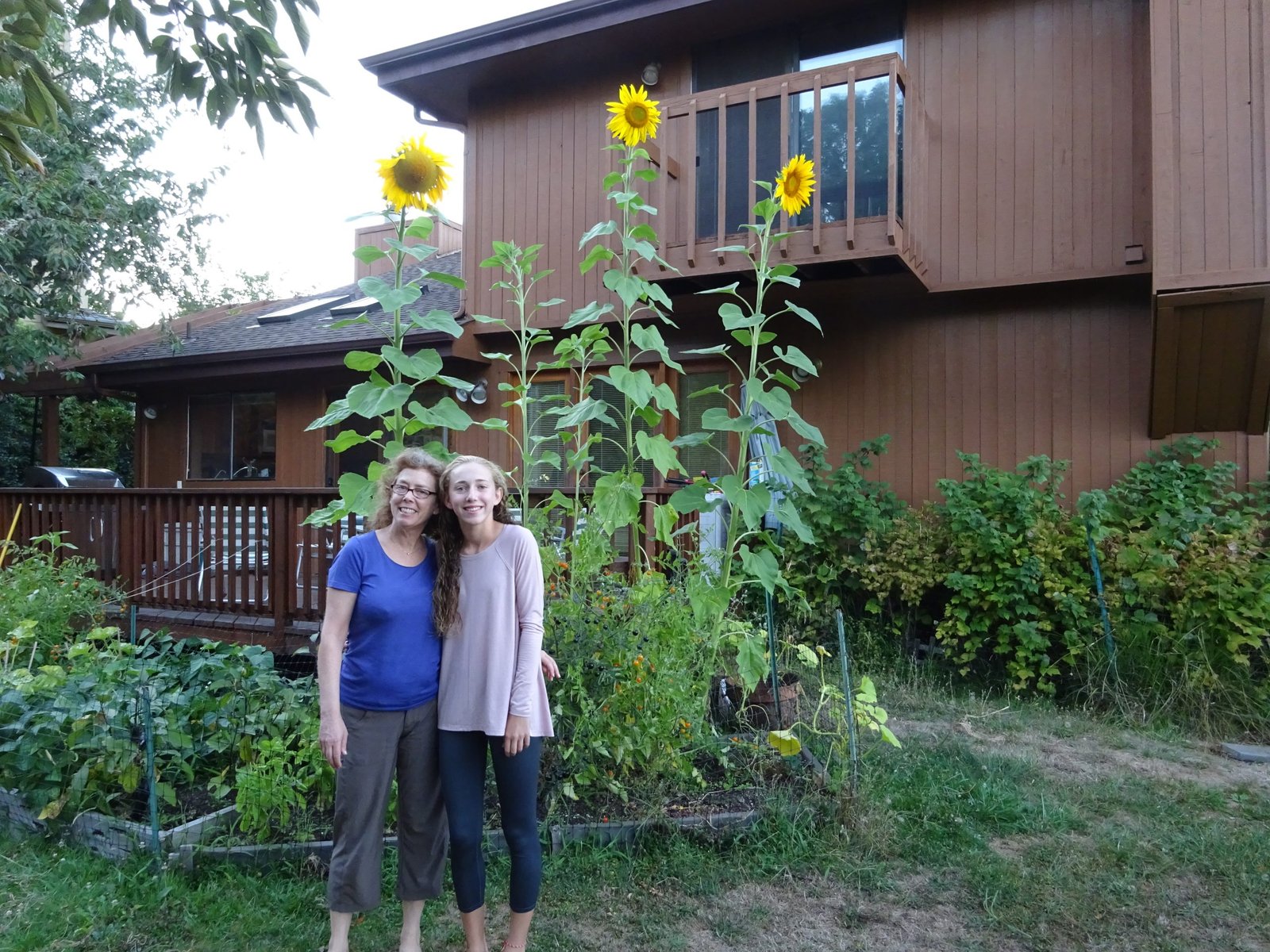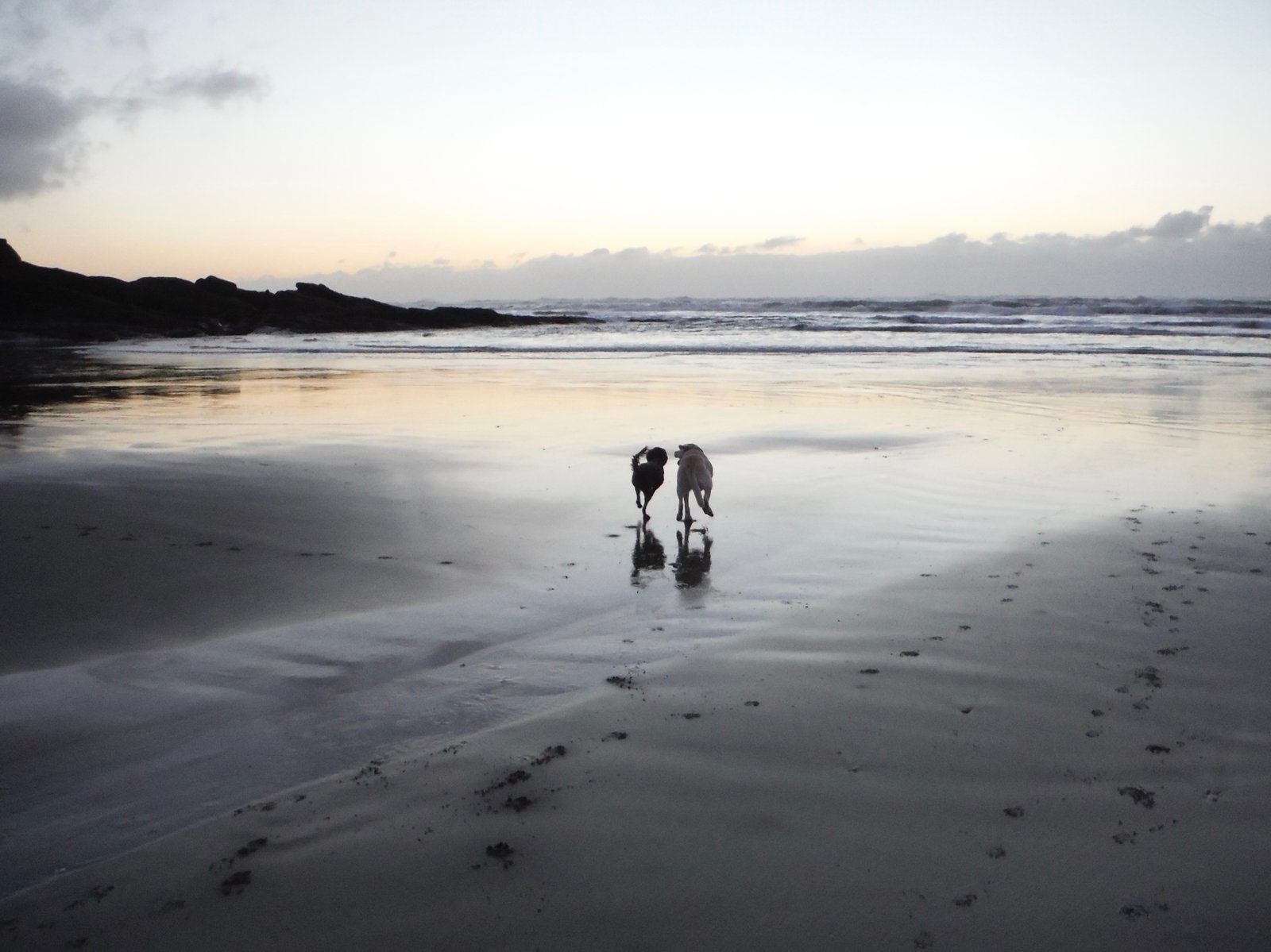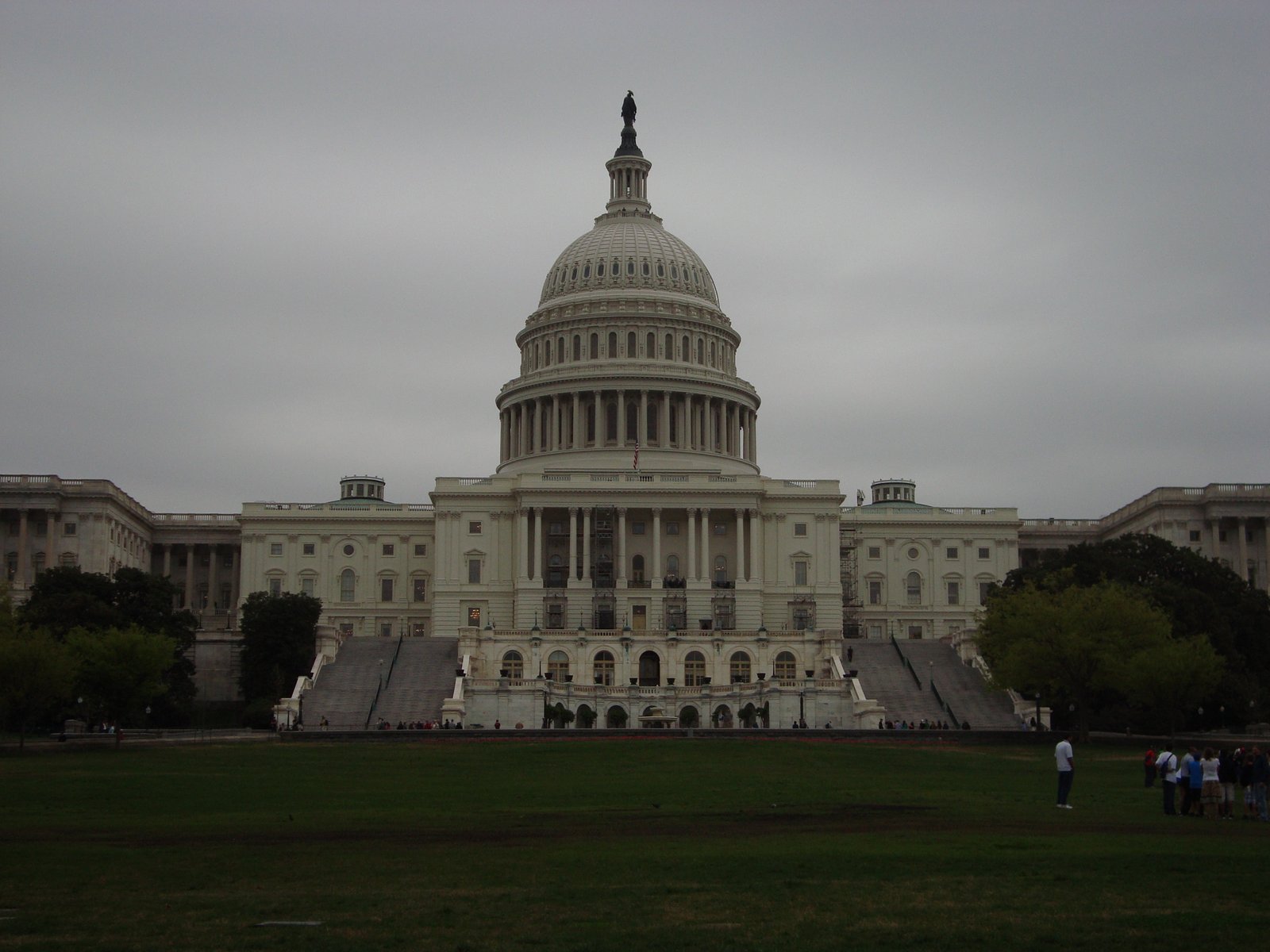Pandemic Insights One: What matters to us and what we fear
Like many of you, I’m working from home, going out only to grocery shop and take walks. I’m trying to keep what I can of my schedule, which means posting my monthly blog by the end of March. But I’ve been unsure about what to say during this disorienting time. Is there a constructive way to talk about the connections between the coronavirus pandemic and the slower-moving catastrophe of climate change?
Two climate thinkers I admire have insights about what the coronavirus pandemic shows about what we care about and what we fear. These insights illuminate a possible path forward in our efforts to tackle the climate crisis, offering some inspiration.
Katherine Hayhoe: What matters to all of us is the same: the health and safety of our loved ones and our communities. Climate change and the coronavirus are alike in that they both threaten what matters to all of us.
Climate scientist Dr. Katherine Hayhoe, one of my favorite climate communicators, was asked about the connections between the coronavirus pandemic and climate change by John Schwartz of the New York Times. Here is part of her response:
“This crisis really brings home what matters to all of us. What really matters is the same for all of us. It’s the health and safety of our friends, our family, our loved ones, our communities, our cities and our country. That’s what the coronavirus pandemic threatens, and that’s exactly what climate change does, too.”
Claire Cohen-Norris: A major reason we haven’t yet eliminated fossil fuels is our fear of change and disruption. Now, coronavirus has turned our world upside down. This give us an opening to make the big shifts we need to decarbonize quickly as we navigate the global pandemic.
In a new blog post from climate advocate and biology teacher Claire Cohen-Norris, she says:
“Why have we been slow to eliminate fossil fuels? The short answer is fear of disruption…Well, disruption is here. COVID-19 has made sure of that.”
The pandemic, she argues, has almost instantaneously disrupted our entire society, shifting our expectations for the future. This creates an opening for facing the climate crisis and rapidly decarbonizing our entire economy (I’ve written elsewhere about having the policy tools and knowledge to decarbonize, as soon as we build the social and political will to do so). Our world, Cohen-Norris reasons, is going to be upside down no matter what we do now. So we might as well tackle the climate crisis–a slower moving global catastrophe that threatens everything we care about–as we navigate the global pandemic.
If we can see that the climate crisis, like COVID-19, threatens all we care about, and we accept that total disruption is already here, it becomes more imaginable we can rapidly decarbonize now to protect a livable world. The possibilities are extraordinary.
Considering carbon offsets: What’s in a name?
I often get asked what I think about carbon offsets. Are they a good idea? Do I buy them myself? If so, how do I choose which ones to buy?
So here is my answer: I think carbon offsets are an excellent idea for people who have the financial security to consider them. I do buy them, and there are tools available that allow you to choose good ones. But I object to the name carbon offset and what it implies: According to journalist Emily Chung, “Carbon offsetting is a way to ‘cancel out’ carbon emissions that have been spewed into the atmosphere. It works by letting emitters (including individuals, governments or businesses) fund and take credit for greenhouse gas reductions from a different project or activity elsewhere.”
But we can’t cancel out our carbon emissions, and I don’t want to be absolved of concern for the climate impact of my actions. We are in a climate crisis, and to solve it we need to do everything: bring emissions down and contribute to projects that fund greenhouse gas reductions. So I propose calling them carbon gifts, or alternatively, a personal carbon tax, and buying them, especially when you travel.
I think of carbon gifts as one of the actions I take to help solve the climate crisis. I buy them to support projects that reduce greenhouse gas emissions, which, at their core, are what carbon offsets really are. I buy them because I recognize that I live in and contribute to a fossil-fuel based economy. I buy them as another way to fight climate change. And because there are now tools to evaluate and compare carbon offsets, I can buy ones I feel really good about.
Calling them carbon gifts helps me reimagine them. I believe in facing that if I fly, drive, heat our house, or eat nectarines flown in from Chile, the greenhouse gas emissions I cause contribute to climate change. Best not think I can cancel this out, or get a free pass by buying carbon offsets. I don’t condone living in state of guilt, but I do believe honesty is the best policy. That way, I won’t use offsetting as an excuse to slack off on my efforts to reduce my carbon footprint more every year. But the projects funded by carbon offset/gift purchases are climate solutions projects. So yes, I contribute.
I choose them based on what I know about where the money goes, or I use carbon offset certification tools like green-e. Examples of carbon offsets I’ve bought include Seeds for the Sol, a program in Corvallis, Oregon to help schools and low income homeowners go solar, and Terra Passes’ renewable energy credits.
In a future post I’ll write more about ways to choose high-value carbon offsets/gifts.
INVITE A FRIEND TO JOIN POWER UP FOR CLIMATE SOLUTIONS!
At this critical moment, there are many ways to speed the transition to clean energy, and help protect more of this beautiful world. Please invite a friend to join Power Up for Climate Solutions so more people have access to our resources. Below is a message you can use or modify to invite someone to sign up:
I’m writing to invite you to join Power Up for Climate Solutions, (www.powerupforclimate.com) a non-profit devoted to helping people take action to contain the climate crisis. Once you sign up, you will receive climate action invitations chosen for their simplicity and impact, and blog posts about climate solutions. You will hear from them about once a month. It’s free and you can unsubscribe at any time! Here’s the link to join: www.powerupforclimate.com/join-us/
Most new members find us because someone they know invited them. Please help us increase our impact by inviting a friend or family member to join us!
TALK ABOUT CLIMATE CHANGE!
There is one action you can take that many climate experts say is the single most effective thing you can do to help solve the climate crisis. Talk about it with your friends and family members. Talk about why you care, and what climate actions you are taking.
Why is this so important? Most Americans care about global warming, yet rarely or never talk about it. Yet humans are social creatures, so this cycle of silence discourages engagement. There is growing evidence that the more we talk about climate change, the more we realize others care, and the more we take action.
What you can say: Talking about why you care about climate change and what you are doing about it are the two great places to start. I’ve recently been talking about the electric barbecue we got because we are electrifying our home, my worries about the recent summer heat and fire seasons in Oregon, and the Banking on our Future Pledge I signed to support banks that do not invest in fossil fuel expansion.
Who to talk to: According to the most recent Yale climate opinion poll, 71% of Americans say global warming is important to them. Talk to anyone you know who is concerned about climate change, which includes most of us. As climate scientist Dr. Katherine Hayhoe has said, “The biggest challenge isn’t science denial, it’s complacency.”
Here are a few more resources to inspire you:
Why you should talk about climate change right now, Katherine Hayhoe, Gizmodo, October 13, 2021
The most important thing you can do right now to fight climate change, according to science, Joe Romm, Think Progress, July 11, 2019
The magic of talking, Power Up for Climate Solutions Blog, May 20, 2022
The most important thing you can do to fight climate change: Talk about it, TED talk, Katherine Hayhoe, December, 2018
Climate change for busy people: Ten key words
The climate crisis can seem complicated. Yet as warming accelerates, impacts grow more powerful and solutions become more feasible, I keep coming back to a ten-word summary of climate change that includes all the essentials you really need to know to get involved:
It’s real
It’s us
Experts agree
It’s bad
There’s hope
I am unsure where I first saw this 10-word description, but the power of it lies in its truth, its simplicity, and its empowering message. Yes, it says, you DO know enough to act.
So here is a little bit more about each two-word fact:
1. It’s real. Since 1880, the earth’s climate has warmed 1.8 degree F or 1 degree C. Although this doesn’t sound like a large number, this is extremely rapid warming compared to naturally occurring climate change through most of geologic history. For a graph of what recent global temperature trends look like, updated monthly, you can go to James Hansen’s resources here: http://www.columbia.edu/~mhs119/Temperature/
2. It’s us. Humans are the cause of today’s fast and accelerating climate change. Since 1950, all the climate warming has been caused by human activities, and natural factors have had a small net cooling effect (Huber and Knutti, 2012).
3. Experts agree. There is a robust and durable scientific consensus on human-caused global warming. At least 97% of publishing climate experts have concluded that human-caused climate change is happening. This level of scientific consensus is similar to the scientific consensus that smoking causes lung cancer.
4. It’s bad. The impacts of climate change are costly, deadly, and getting worse. Climate change is already making people sicker, worsening a range of illnesses from seasonal allergies to heart and lung disease. Children, pregnant women, and the elderly are most at risk from extreme weather and rising heat. Climate change is worsening wildfires, floods,and food shocks, harming the world’s oceans, melting ice sheets, and threatening the world’s fisheries, on which billions of people depend.
5. There’s hope. We have the technology and tools needed to avoid the worst climate impacts. Because of the tremendous breakthroughs and cost reductions achieved in renewable energy technologies, experts say we can make a full transition to zero carbon energy in time to avoid the worst impacts of catastrophic climate change we are currently heading toward. We’ve made progress understanding effective policy solutions and the steps we need to take to contain climate change. What we need is the individual, societal, and political will to make this huge and rapid transformation, and to begin immediately.
Whatever way you are working for climate solutions, whether it’s reducing your carbon footprint, being part of a community group, voting for climate, contacting your elected officials, participating in climate marches, joining Power Up for Climate Solutions, or other ways, I hope you’ll keep at it and if you are able, do a little more. You know enough, and you matter.
The single most powerful way to fight climate change, and what you can do to support it
Probably the number one question people ask when they learn I’m a climate solutions advocate is, What is the most important thing I can do? It’s a difficult question, because there is no single solution to the climate crisis. We know that individuals alone cannot solve this, and that we need big, ambitious government action soon for any chance of containing climate change to adaptable levels. So where should governments start, and how can you help?
There’s actually a simple answer. We need a price on carbon. This is the overwhelming consensus from UN climate experts, 27 Nobel laureates and 3500 of the U.S.’s top economists, political leaders including Bernie Sanders, Barack Obama, James Baker, George Schultz, EPA chiefs under 4 Republican presidents, leading climate scientists Michael Mann, James Hansen, and Katherine Hayhoe, a growing number of business leaders, and most recently the IMF. Increasingly, experts also agree that a good way to do this is with carbon fee and dividend, collecting a rising fee from polluters and giving the money back to households to protect low- and middle-income families through a clean energy transition.
And today, even as this administration tries to dismantle every bit of climate progress we’ve made, we are closer than ever before to enacting this key policy solution. Right now, there is a bill in the United States Congress, The Energy Innovation and Carbon Dividend Act (HR 763), to put a rising price on carbon, return all the money as a monthly dividend to households, and enact a border carbon adjustment. This bill, the strongest climate bill introduced into Congress in a decade, would reduce carbon emissions by 40 percent by 2030 and currently has 69 co-sponsors, more than any other major climate policy ever. Learn more about how HR 763 works.
I believe that the most important thing you can do right now for the climate is to work for passage of this bill. Carbon pricing alone will not solve the climate crisis–but without it, solving the climate crisis is unimaginable.
Almost daily, we experience more of the terrible costs and risks of not acting. As I write this, California is again fighting extraordinarily destructive and massive wildfires. Hawaii’s corals are dying from a new ocean heat wave. Some business, religious, and political leaders are speaking out about the need for action, and a global youth climate movement is demanding climate justice for the marginalized and vulnerable around the world who are least responsible for this crisis and are suffering most. And the IMF, tasked with keeping the global economy functioning, has just urged countries to enact a substantial carbon price. Canada has passed a national carbon tax, and we in the U.S. now have a good bill, which has led to a flurry of other bills being introduced.
So if you want to do something that matters, ask your members of Congress to co-sponsor, support, and pass this bill. (Citizens’ Climate Lobby has made it easy to email or write your members of Congressin support of this bill). I believe a groundswell of support from individual voters is needed to overcome the powerful forces fighting climate action. Push Congress to pass this bill, so that it can be signed into law on the first day we have a president who accepts the facts and values protecting a livable world. Let’s be sure that’s January 1, 2021, at the very latest.
WRITE TO YOUR MEMBER OF CONGRESS ABOUT CLIMATE!
Do you like to express yourself in writing? Take climate action by writing to your Representative about why you care about the climate crisis. We suggest sending a postcard, which will reach your Member of Congress much faster than a letter. Messages highlighting climate impacts in your home district and urging your Representative to make climate action their top priority may be especially impactful.
Use the button below to find your Member of Congress. If you already know your Member’s name, you can send a postcard to them addressed this way:
Representative ___________
U.S. House of Representatives
Washington, DC 20515
The kids are not all right: The student climate strikes, Greta Thunberg’s message and where to go from here
What a week it’s been! On September 20th, I went to the Corvallis school climate strike to support high school students as they marched to City Hall to demand action on climate change. It was a first in our town, and the kids were mad. They didn’t care that most of the adults there have been working for climate action for years. They were telling us all that we’ve failed them. And they have a point.
A stunningly-illustrated spread in the September 19th issue of Nature shows the hard truths about climate change: the continued growth of emissions world-wide, the dramatically steep reductions necessary to have a chance of preventing catastrophic climate warming, the billions of people at risk from heat waves, water stress, and other threats, and the largest producer of cumulative emissions (the United States).
On September 25th, the IPCC released a report on threats to the world’s oceans and cryosphere from climate change. The report, written by more than 100 of the world’s leading ocean and climate scientists, states that climate change is warming the oceans and changing their chemistry so dramatically that it is threatening seafood supplies, fueling more destructive cyclones, worsening floods, and threatening hundreds of millions of people who live in coastal areas. Without immediate, steep reductions in greenhouse gas emissions, impacts to the oceans and humanity will soon be world-wide, catastrophic and irreversible.
What a week it’s been! I’m rattled because listening to Greta Thunberg, the student protesters, and the latest scientific assessments, I’ve thought about what has happened in the 13 years since I became truly alarmed about climate change and began down the path to becoming a climate solutions advocate.
The science has advanced. Technological solutions have made giant strides. Public concern has been growing, although not nearly as quickly as the facts demand. Now Greta, the student strikers, and the scientists are stating what I know to be true: we’ve run out of time.
An immediate global transition away from fossil fuel burning and forest destruction, and toward renewable energy, conservation, and sustainable agriculture might allow us to bring emissions down quickly enough to prevent the worst, most catastrophic climate harms, if this transition moves at a breathtaking pace. (For a good simple explanation of the science, see “What does ’12 years to act on climate change’ (now 11 years) really mean?” )
We have the technology and resources to do it, but we haven’t demonstrated the will. We lack the kinds of functioning political systems to make solving climate change seem possible. As David Roberts said way back in 2013, we are caught between the impossible (acting) and the unthinkable (failing to act). To avoid the unthinkable, we have to be all in, everywhere; we have to make the impossible (a rapid and complete transition to a zero carbon emissions world) possible. All of us, governments, businesses, communities, and individuals. That is what Greta, the student strikers, and even now the climate scientists, are begging us to do.
Voting for the climate is absolutely critical. But it’s only the beginning. Creativity, persistence, commitment, imagination, courage, cooperation with people outside your crowd, and unknown other ingredients will all be needed. I’m contemplating how to use my skills and strengths in new ways to heed the call that went out this week. I hope you will watch my website and this blog for ideas and opportunities. And I hope you too are imagining how to step up. We make the path by walking it.
SUPPORT THE YOUTH CLIMATE MOVEMENT!
Young people around the world have become leaders in the climate movement in recent years. They have created organizations, including the Sunrise Movement and Fridays for Future, organized global climate strikes, and spoken eloquently on behalf of a livable future. Whatever your age, you can support the Youth Climate Movement. Use one of the links below to learn more about these groups. If you want to go further, you can sign up to get updates about youth-led climate demonstrations near you or donate to help fund their work.
SUNRISE MOVEMENT WEBSITE FRIDAYS FOR FUTURE WEBSITE
SHIFT YOUR FOOD HABITS TO LOWER YOUR CARBON FOOTPRINT!
According to researchers, reducing your household food waste and eating a plant-rich diet are among the most high impact lifestyle changes you can make to reduce your carbon emissions. Take action by first checking out the resources below on more climate-friendly eating and then choosing one or more changes you’d like to make to your food habits.
Here’s the Corvallis Sustainability Coalition’s website with tips, inspiration, and recipes for reducing and preventing food waste:
RESOURCES FOR REDUCING FOOD WASTEHere’s a useful guide from the New York Times that answers lots of questions about food choices and climate:
FOOD AND CLIMATE Q&AWe suggest choosing actions that will be fairly easy for you to stick to, and then committing to the change for a month.
Note to those who do not wish to go vegan or vegetarian: there are many food shifts you can make without giving up animal products that will benefit the climate. A few examples include trying Meatless Mondays, reducing the amount of dairy and beef you eat, adding fruits and vegetables to your meals, and more. The New York Times article is full of useful comparisons and information that can help you consider climate friendly shifts that will work for you.








